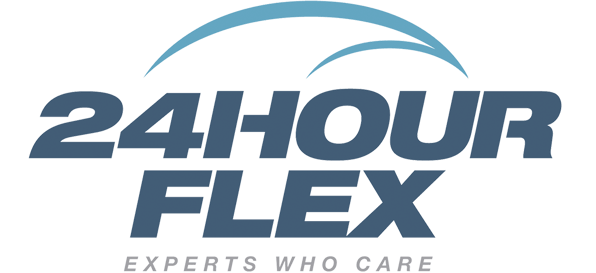If you’re an employer or benefits administrator, part of your job during open enrollment is to equip employees with the information they need to make the best decision about their healthcare benefits. This year is no exception.

Yet, most employees rush through the decision-making process, too often defaulting to the plan they had the year before, without spending time to reflect on what type of plan makes the most sense for them. We found that 79 percent of employees—of all ages—spend less than an hour evaluating their healthcare options during open enrollment.
Now is the ideal time to encourage employees to take the time—or better yet, to carve out that time for them—to understand how tax-advantaged health savings accounts (HSAs) and flexible spending accounts (FSAs) work and to give them clarification on what to do with the sums in these accounts at the end of 2019.
Here are the key messages that every employee needs to hear about HSAs, FSAs and open enrollment at the end of 2019:
All HSA dollars roll over at the end of the year
While there are many similarities between HSAs and FSAs, some of their most important distinctions arise at the end of the year, as do some of the most stubborn misconceptions about them. Most important, HSA balances can—and ideally will—stay and continue to grow, rolling over into the next year.
However, in research conducted earlier this year, we found that 30 percent of employees that are enrolled in a consumer-directed health plan mistakenly believe that HSAs are “use-it-or-lose-it” accounts (they’re not).
Note: In 2019, contributions to HSAs were capped at $3,500 for single and $7,000 for family. (Read about 2020 contribution limits.)
Most FSA dollars won’t roll over, but wait—it’s not that cut and dried
On the other hand, FSA balances are largely understood to be “use it or lose it” by year’s end. While that was once true, the IRS changed its rules around that in 2013, and now there’s often quite a bit of wiggle room here.
Employers are now allowed to offer a rollover or a grace period, but not both, and many do. A SHRM study found that 46 percent of companies that offer FSAs let employees roll over $500 from one year to the next, and 37 percent offer a grace period until March 15 to use the money. That leaves about 17 percent of employers without a rollover or grace period.
If more consumers were aware of the high potential for leeway, they would be less apt to perceive FSAs as too risky to enroll in. That’s why it’s important to choose your wording carefully when talking about FSA dollars at year’s end. Instead of telling employees that FSAs are “use-it-or-lose-it” accounts, ensure that they know about any grace period or the ability to roll a certain amount of money over from one year to the next.
Now is the time to change your FSA contributions
Employees can change how much they contribute to their HSA at any point during the year, but can only adjust their contribution amounts to FSAs during open enrollment or with a qualifying event such as change in employment or family status. To help employees determine how much to contribute to their FSA, try the Payroll Flexible Spending Account Calculator, giving them visibility into how participating in an FSA can help them pay less tax and increase them net take-home pay.
In 2019, contributions to FSAs were capped at $2,700. For a dependent care FSA, the 2019 contribution limit for an individual who is married but filing jointly is $2,500. For married couples filing jointly or single parents filing as head of household, the limit is $5,000.
Opt for an FSA during open enrollment to cover short-term health expenses
A FSA, which employers offer to employees at their discretion, helps employees keep more of their paycheck by reducing their federal and state taxes. It allows them to pay for certain expenses before taxes are deducted from their paycheck. These expenses include daycare, insurance premiums and many out-of-pocket medical costs. It can also be used for everything from alternative medicine to prescription sunglasses, from drug and alcohol addiction treatment to dental care.
In 2020, employees will be able to contribute $2,750 to health FSAs, up $25 from the year previous.
Opt for an HSA during open enrollment to save for long-term healthcare expenses
While many people think that these accounts are designed primarily to pay for out-of-pocket medical expenses in the near future, it’s the long-term savings value of HSAs that makes them the most valuable. During open enrollment, they should be presented to eligible employees as an important part of saving for future medical expenses and even retirement.
More important end-of-year HSA tax information
Not all HSA contributions have to be made by Dec. 31 for an employee to claim a tax deduction. Employees and employers can make contributions to an HSA up until April 15, 2020, for 2019.
Further, as long as an employee was eligible to contribute to an HSA as of Dec. 1, they are considered to be eligible for the whole year and can still make a maximum contribution for the full year. However, they must remain eligible for an HSA through Dec. 31, 2019. If they don’t, they will have to include the amount over-contributed in income and pay taxes and a 10 percent penalty on it.
The bottom line: HSAs are for saving money for healthcare expenses, and FSAs are for spending it. HSAs are only for employees with high-deductible healthcare plans, while employers can make FSAs available to any employee.
Blog Partner | Wex
